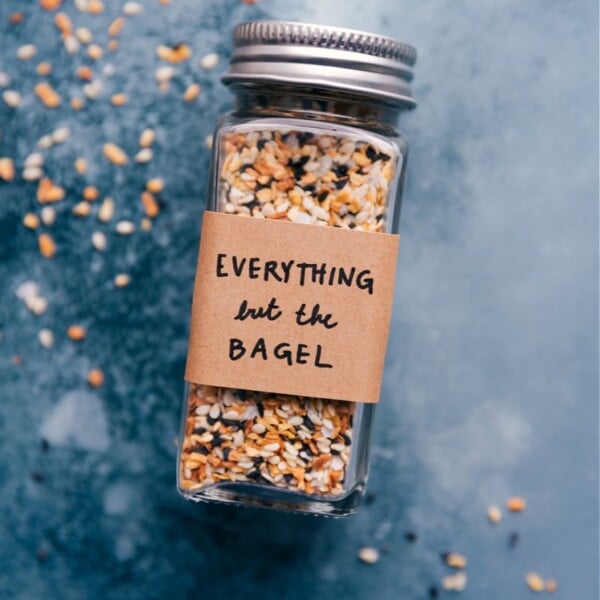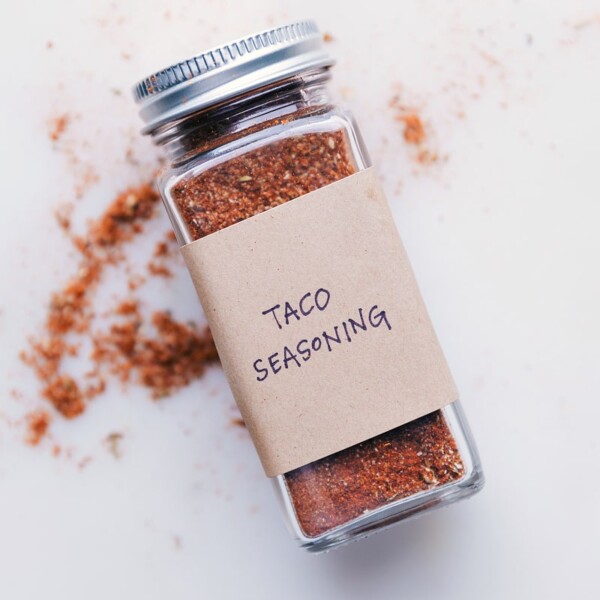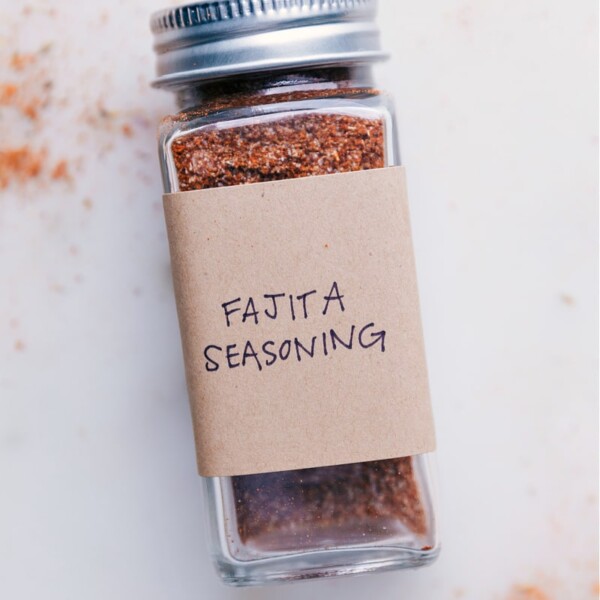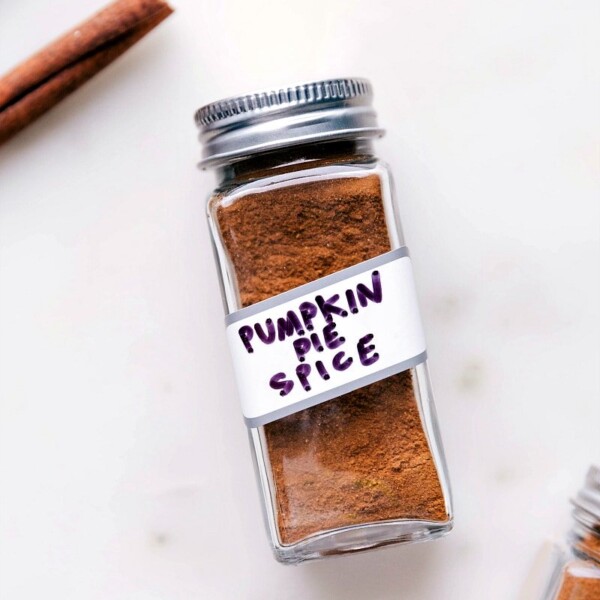This smoky, spicy Blackening Seasoning adds bold flavor to meats, fish, and veggies. Easy to make and store.
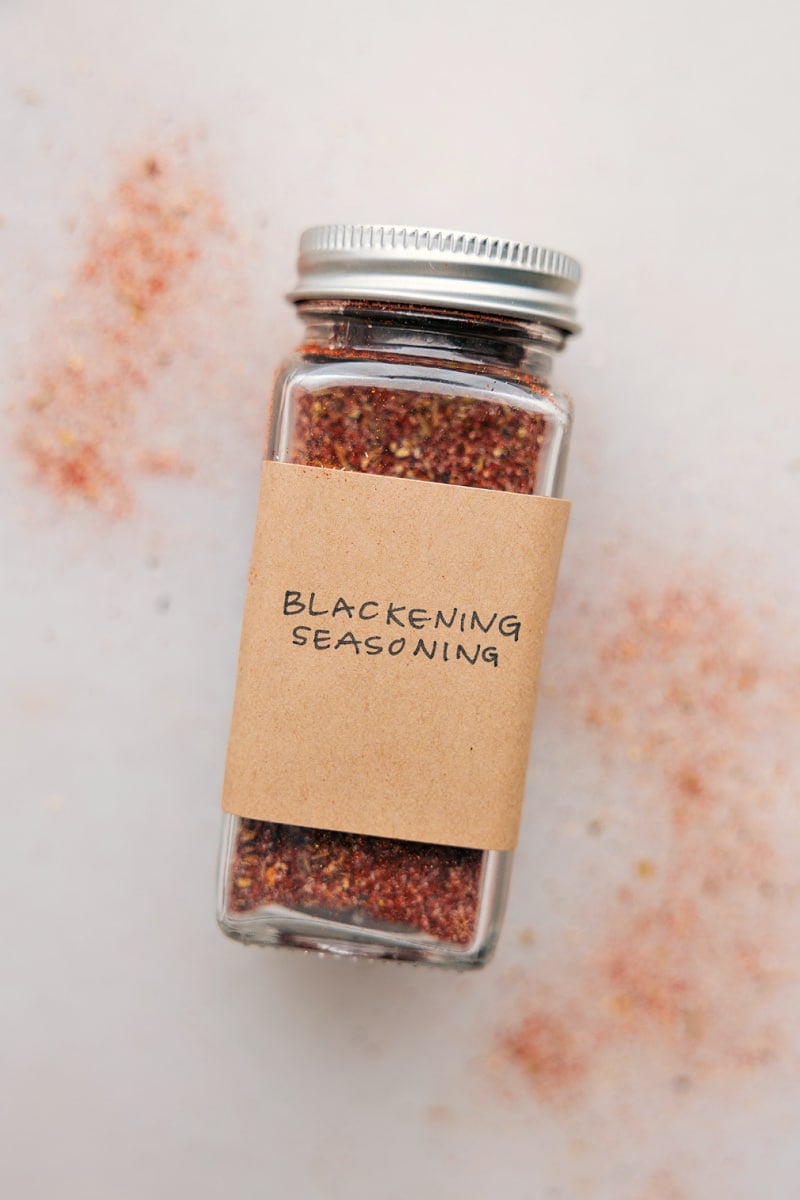
What Is Blackening Seasoning?
There are many brands of blackening seasoning available on the market, each with its own unique flavor profile, ranging from mild to extra-hot. But blackening doesn’t simply refer to charring a food—it’s a method of seasoning that involves the use of various herbs and spices.
The food is coated in the spice mixture and then cooked over high heat. As the spices heat up, they release their flavors, forming a tasty, flavorful crust on the food. If you’d like to make your own homemade blackening seasoning, this is our go-to recipe. You can easily double or quadruple the ingredients to prepare a larger batch for storage and future use.
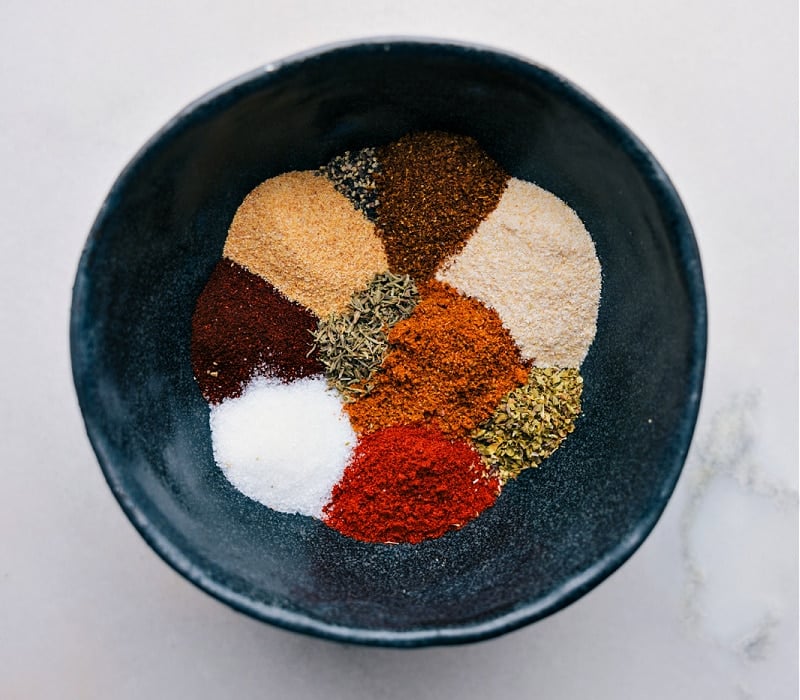
Make Your Own Seasoning!
Homemade seasoning blends are hard to beat—they’re fresher, taste better, and easy to change to your liking. Once you try this Blackening Seasoning, you might not want the store-bought kind again. Here’s why:
- Customize: Make it more or less spicy, or leave out anything you don’t like.
- Fresher flavor: Your own blend uses fresh spices, which means better flavor.
- Saves money: Buy the spices once and use them again and again.
- No extras: Store-bought blends can have fillers. This one doesn’t.
- Fun gift: Put it in a jar and give it as a simple, useful gift.
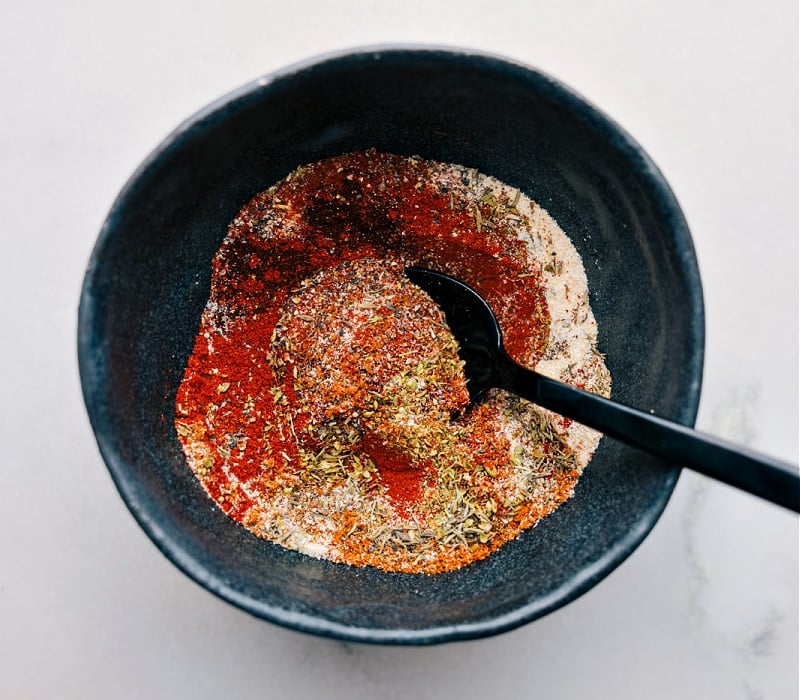
What’s In Our Blackening Seasoning
- Salt: Makes all other ingredients more flavorful.
- Black pepper: Freshly ground black pepper adds even more punch.
- Dried thyme: Don’t have? Use Italian seasoning.
- Dried oregano: Dried basil will work in it’s place.
- Garlic powder: Provides a savory depth to the mix.
- Onion powder: Enhances the overall flavor with its mild, sweet onion taste.
- Paprika: I prefer regular but if you like smoky flavors use smoky paprika.
- Cayenne: Adjust the amount according to your heat tolerance.
- Old Bay® Seasoning (optional): If you don’t have it on hand, it can be left out, but it does add a unique complexity to the blend.
Quick Tip
Remember, the quality of your spices will directly affect the flavor of your Blackening Seasoning, so use the freshest spices you have available. Additionally, storage is key for maintaining the potency and flavor of your seasoning; always store your spices in a cool, dry place.
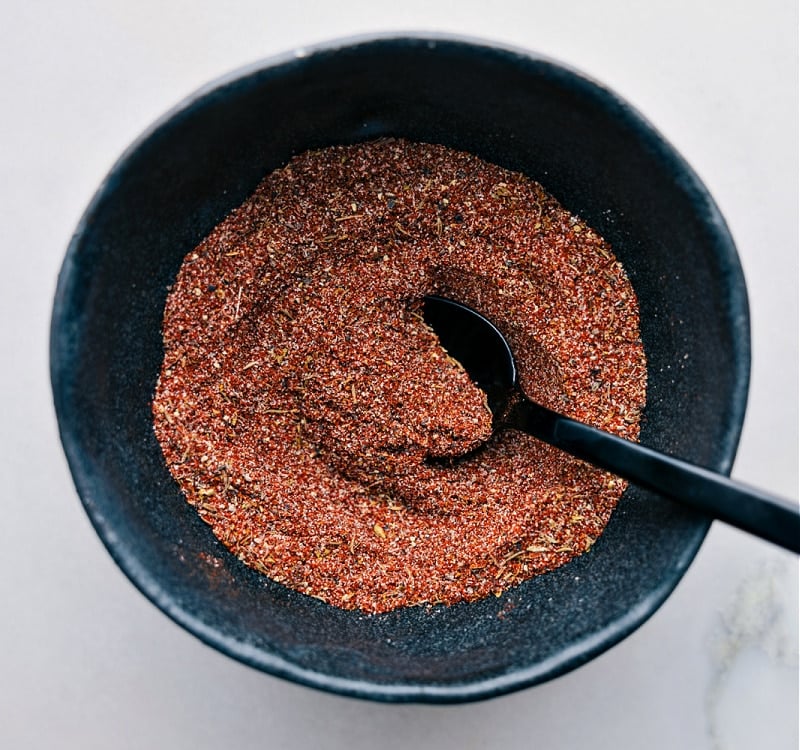
How To Use Blackening Seasoning
Blackening seasoning has strong flavor and can be used lots of ways. Here’s how I like to use it:
- Meats & Fish: The classic way—dip chicken, steak, pork, or fish in melted butter, cover with seasoning, and cook in a hot pan or grill.
- Veggies: Shake it on before roasting or grilling.
- Flavor Mixes: Mix it into oil- or yogurt-based flavor mixes for more flavor.
- Dips & Sauces: Mix into mayo, sour cream, or yogurt for a quick dip.
- Snacks: Shake on popcorn, nuts, or chips for a tasty snack.
- Soups & Stews: Add a spoonful to make soups, stews, or chili taste richer.
- Eggs & Cheese: Add a bit of spice to scrambled eggs, omelets, or cheesy dishes.
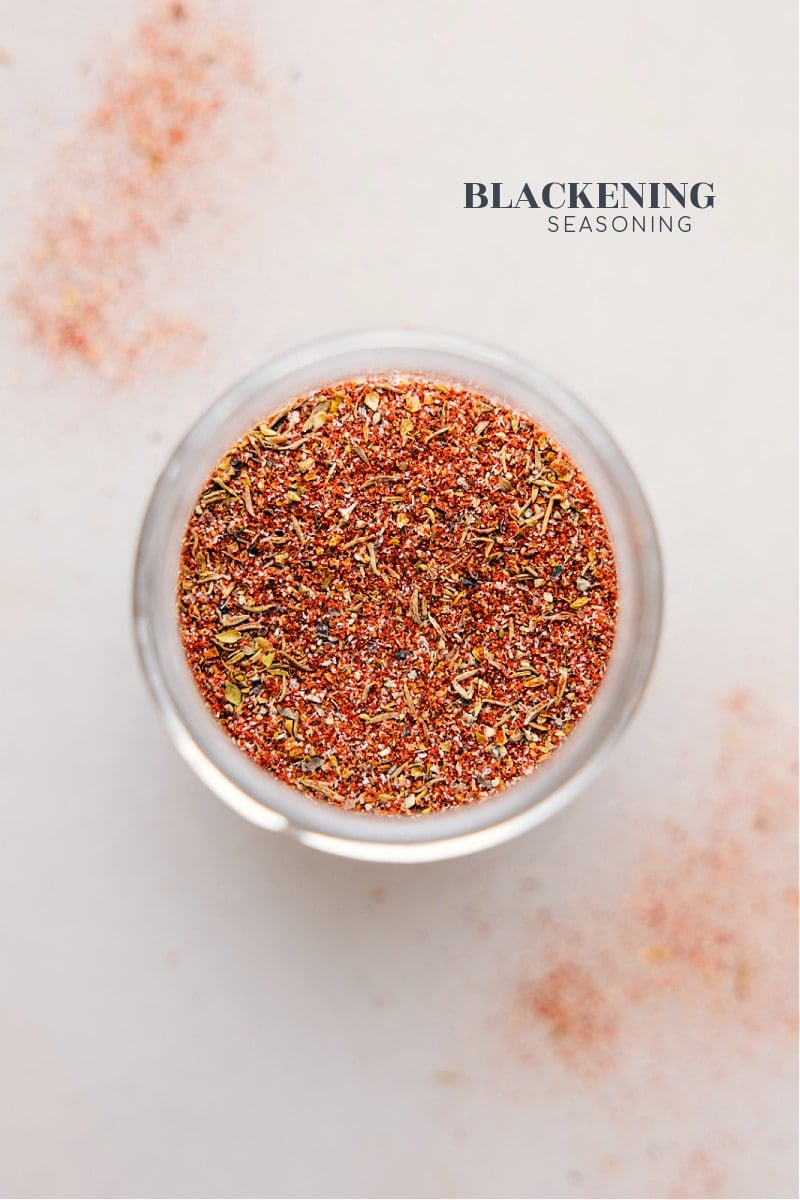
Storage
Keep your homemade Blackening Seasoning in a sealed jar or bag (I love these) and place it in a pantry or cupboard.
Write the name and date on the container. Use within a year and check for any weird smell, color, or wet spots.
More Homemade Seasoning Blends:
- Taco Seasoning perfectly replaces one store-bought taco seasoning packet
- Apple Pie Spice delicious in baked goods or sprinkled on oatmeal
- Everything Bagel Seasoning so good on avocado toast!
- Fajita Seasoning with a kick of spice!
- Pumpkin Pie Spice great for baking
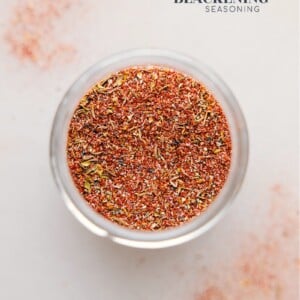
Blackening Seasoning
Equipment
Ingredients
- 1 teaspoon dried thyme
- 1 teaspoon dried oregano
- 1 teaspoon garlic powder
- 1 tablespoon onion powder
- 3 tablespoons paprika see note 1
- 1 teaspoon cayenne pepper see note 2
- 1 teaspoon Old Bay seasoning optional
- 1 teaspoon pepper
- 1 teaspoon salt
Instructions
- Combine all spices in a small bowl or container. Stir.
Recipe Notes
Nutrition
Nutrition information is automatically calculated, so should only be used as an approximation.


